Pricing products involves a good shot of psychology
The price you charge for your products has a direct impact on the success of your business. And it is one of the toughest questions to answer, especially if you are offering a service. Thus, it is not worth settling on a thumb-suck price or copying the competition.
A product pricing strategy is as much an art as it is a science. Human beings are irrational, no wonder pricing strategies involve the study of human psychology. Ending prices with a 9 or a 5 is proven to increase sales. This is known as the “Charming Price” tactic. Business owners use a percentage to indicate the discount for products less than R100 and a Rand amount for products priced over R100. This hack is known as “the rule of 100”.
Although psychology plays a huge role in the pricing of products and services, I would rather prefer to take a more calculated approach. Know the cost of running your business and the profit you want to make before embarking on a set price. As prices must cover the costs and profits because we are not in business just to break even.
Your pricing model depends on the industry you are operating in and knowing what works best in your industry will simplify the process. Let’s look at different pricing models.

Cost-based pricing
The price is determined by calculating the total costs to manufacture or purchase the product or to produce the service and adding a markup percentage. For example:
Material cost = R20.00
Labour cost = R10.00
Overhead = R10.00
Total cost =R 40.00
Mark-up 50%
Final Price = R60.00 (40*1.5)
Using the Charming Price tactic the final price can be set at R60.95.
Just remember that mark-up and gross profit are not the same, and the mark-up percentage you use may not generate enough gross profit to cover the other costs and profit.
Market-oriented pricing
You can look at what the competition charges for the product or service and determine the price accordingly. Your price can be set above or below the market price or you can copy the market price but it is important to keep the cost, the quality, and the customer in mind.
By setting your price above the market price you are branding the product as superior in quality or performance. Be careful not to price the product too high as a customer may not be willing to buy the product at that price. With a below-market price you can lure customers to your store, but potentiallyt to your loss. By copying the competition, you are maximizing your profit and are competitive.
Dynamic Pricing
Amazon and Uber are using this model to maximize profits. Prices are changed frequently to match consumer purchasing habits.
It is true that if you lower prices more customers will buy the product and revenue will increase but the volume of the sales is of utmost importance if you want to stay profitable. In other words, there is a relationship between the change in quantity demanded and the change in the price of a product. A recent scenario is an excellent example. The prices of cigarettes and alcohol sored during the ban thereof in lockdown. But some people were not willing to pay huge prices and switched to a cheaper cigarette brand or made homemade pineapple beer.
Should you decide to lower prices, it is crucial to stay profitable.
These three pricing strategies can be used to lower prices:
Discount pricing
New customers can be attracted by offering a range of products or services at a discounted price for a limited time and at the same time up or cross-sell other products or services to make a profit. A product or service can also be introduced at a higher price and then offered at a discount after a period. The customer thinks it is a bargain but the price was artificially high in the first place.
Loss-leader pricing
This is a riskier approach. You are selling a specific product or service well below normal retail prices, thus don’t expect a profit on these products or services. You will attract numbers and some customers will also buy other products at a higher profit margin (e.g. supermarket specials)
Anchor pricing
All around us, we see these advertisements for products or services that are available at discounted prices but the products or services are generally sold for so much more. That is typically anchor pricing. The customer thinks that is a bargain in the meantime it is the regular price.
The psychology of pricing
Increase prices on your best-sellers to increase revenue or offer seasonal discounts, promotions, or even subscriptions. Use bundle pricing to sell a bundle of products or services together at a lower price than what the customer would have paid separately. Offer add-ons to encourage further spending. Fast food outlets use this technique. If you are selling services, offer different levels of services.
Pricing your products or services is dynamic and unique to your business. Copying competitors and thumb sucking will not ensure profitability. Use a calculated method to determine your pricing …. with a good shot of psychology!
